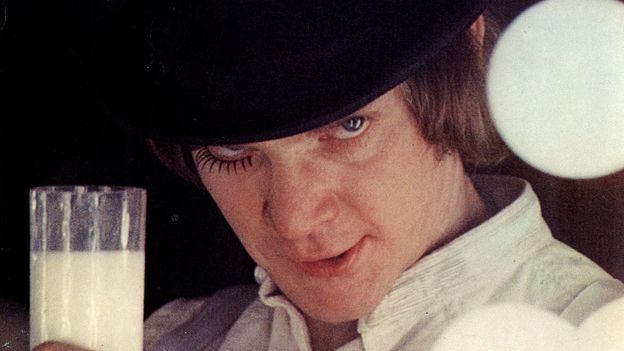The 50-year-old films that still stun


And that’s not even scratching the surface: in British and American cinema alone, there was artwork as varied and accomplished as Shaft, McCabe and Mrs Miller and The French Connection; Harold and Maude, The Last Picture Show and The Devils; Sunday, Bloody, Sunday, Klute and Vanishing Point.
And 1971 was also situated bang in the middle of several remarkable movements: American blaxploitation, Italian crime movies, and Bollywood cinema, among others. It was the year that gave us works from masters like Robert Bresson (Four Nights of a Dreamer) and Nicolas Roeg (Walkabout), and directorial debuts from Elaine May (A New Leaf) and Clint Eastwood (Play Misty for Me).
The beginning of an uncertain age
Why was it such a special year? Well, 1971 stood at the precipice of a wild decade – described as one in which movies actually mattered by film historian David Thomson. In terms of Hollywood filmmaking, the first spectacle-driven, market-orientated blockbusters (like Star Wars and Jaws) had not yet arrived on the scene. By the late 1960s, the industry was floundering financially, and many of the struggling major studios were bought out by non-media companies, famously Gulf & Western oil company in the case of Paramount. By ’71, film production in Hollywood had slowed to a trickle, and cinema admissions were less than a quarter than what they had been during their heyday in the 1940s. There was no set path for studios to follow, and no certain road into the future of filmmaking.
When critics and scholars talk about the remarkable artistic flowering that came from the “New Hollywood” of the ’70s, they often talk about how artists slipped through the cracks in the chaos between the old guard fading away and the new guard taking over. By 1971, this seemed to be precisely what was occurring.
Partly because of their desire to make films that pandered to the youth market, and partly because of a genuine inability to come up with a reliable barometer of box office success, studio heads gave unprecedented freedom to younger writers and directors to lead the way. This blooming movement saw independently-minded filmmakers and artists shattering the forms and paradigms of traditional film style, and along with it the censorious rules of the past vis-a-vis sex, politics, and violence. It resulted in a whole decade of remarkable filmmaking, and it’s in the films of 1971, where this new age was at its freshest, that the transfer of power can be felt most exhilaratingly.








